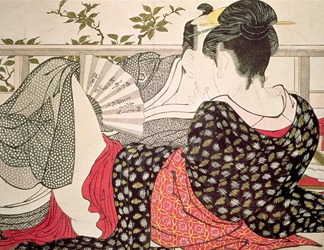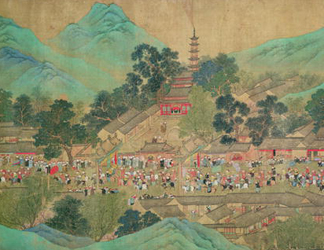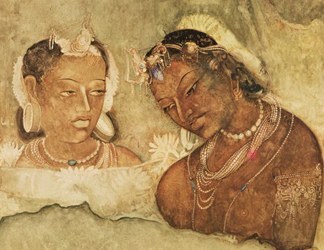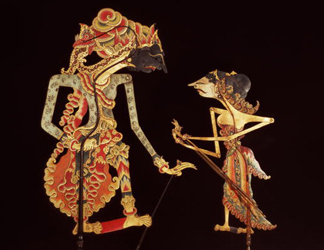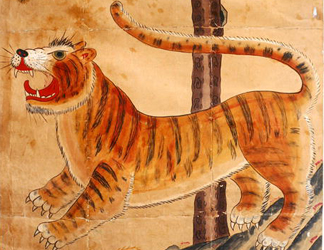Published 02/07/2009
Japan Although Japanese art spans a wide range of styles and media, painting is the preferred artistic expression in Japan. From the early 17th century to the late 19th century, a repressive political structure created an environment ripe for artistic expression; the Edo period and ome of the best known Japanese art in the West stems from this period, mainly such prints. In addition to an impressive collection of woodblock prints, the Bridgeman archive has ceramics, silk paintings, furniture, painted handscrolls and folding screens. Good examples of Japanese art can be found in the Tokyo Fuji Art Museum, The British Library and the Victoria and Albert Museum. |
|
| China The arts of China vary from folk art to pottery, embroidery and painting to paper arts. In early imperial China, porcelain was introduced and refined to the point that the word China has become synonymous with high-quality porcelain. For images of Chinese ceramics, The Paul Freeman collection is an excellent place to start. The later imperial period, marked by the Ming and Qing dynasties, was an important time for color painting and printing. Visit Musee Guimet in Paris and The British Library for Chinese painting from every period. Contemporary Chinese art would be dominated by the Cultural Revolution in the 20th century, with the destruction of the Four Olds: old customs, old culture, old habits and old ideas. Archives Charmet has an impressive collection of art from the Cultural Revolution and beyond. |
|
|
Korea Because of its position between the two giants of Japan and China, Korea historically has not been thought to have a strong art aesthetic of its own. But Korea does have artistic traditions, notably in pottery, calligraphy and boldly colored painting, and paper and silk decoration. Bridgeman represents The Gahoe Museum in Jongno-gu, South Korea which is an excellent resource for Korean art. Bridgeman also represents two contemporary Korean artists. Myung-Bo Sim concentrates on brighly-colored florals, while Jung Sook Nam's mixed media work focuses on literary and biblical themes. |
|
Southeast Asia and India
The arts from Southeast Asia: Sri Lanka, Cambodia, the Philippines, Indonesia, Vietnam and Burma to name a few countries, are dominated by religious iconography and architecture. Temple carvings, Buddhist and Hindu depictions and portraits and folk art abound and strongly reflect Indian influences. Like that of Southeast Asia, Indian art is also heavily influenced by religion. Buddhist stone monuments and sculpture, painted frescoes and illustrated manuscripts are wonderful examples of this. Indian art also betrays influences by Islamic art and architecture. In addition to The British Library, Bridgeman represents the Ashmolean Museum at Oxford University and the Museum of Fine Arts, Boston, both of which are great resources for Southeast Asian and Indian art.

